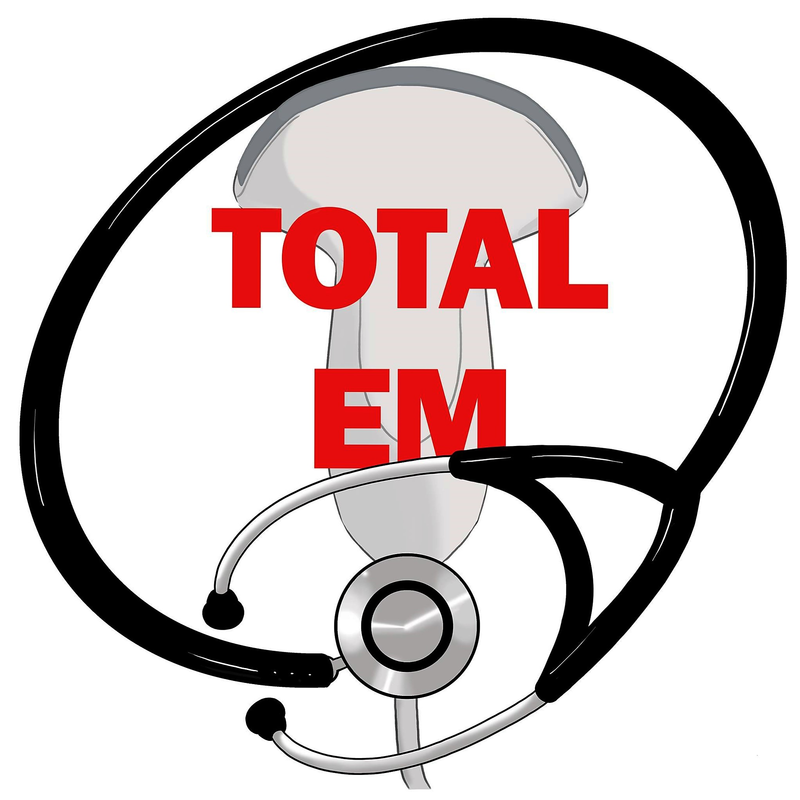|
Neonatal sepsis can be subtle, especially early on. It can rapidly progress to multisystem organ failure, meningitis, and death. Given the real dangers of neonatal sepsis, we will focus on 10 key points to remember when evaluating for this lurking terror.
We have discussed the evaluation of fevers in a young infant (90 days or younger) as an EB Medicine podcast special. For this specific discussion, a great resource is from a recent BMJ article.
#1 - Sepsis is Divided by Onset
#2 - Look at the Vital Signs
#3 - Watch for Common Changes
#4 - Other Signs and Symptoms
#5 - Blood Culture
#6 - Urine Culture
#7 - Potential Tests to Perform
#8 - Lumbar Puncture
#9 - Antibiotic Choice
#10 - Morbidity and Mortality
Let us know what you think by giving us feedback here in the comments section or contacting us on Twitter or Facebook. Remember to look us up on Libsyn and on Apple Podcasts. If you have any questions you can also comment below, email at [email protected], or send a message from the page. We hope to talk to everyone again soon. Until then, continue to provide total care everywhere.
0 Comments
Leave a Reply. |
Libsyn and iTunesWe are now on Libsyn and iTunes for your listening pleasure! Archives
August 2022
Categories |
||||||




 RSS Feed
RSS Feed